Rotating Detonation Combustor (RDC) CFD Simulation (2D), ANSYS Fluent Training
Rotating Detonation Combustor (RDC) CFD Simulation (2D), ANSYS Fluent Training
- Upon ordering this product, you will be provided with a geometry file, a mesh file, and an in-depth Training Video that offers a step-by-step training on the simulation process.
- For any more inquiries regarding the product, please do not hesitate to reach out to us at info@CFDLAND.com or through our online support assistant.
€230 Original price was: €230.€145Current price is: €145.
Introduction to Rotating Detonation Combustor (RDC) CFD Simulation
A Rotating Detonation Combustor (RDC) is a new type of propulsion system CFD model that uses rotating detonation waves to create very efficient and powerful combustion. A detonation combustion CFD analysis is different from standard combustion, which is based on slower, subsonic burning (called deflagration). Instead, a Detonation CFD simulation models a supersonic combustion process. This process is defined by a very quick pressure increase and a massive release of energy. In a Rotating Detonation Combustor Fluent simulation, we model fuel and oxidizer being injected into a special chamber. They are then ignited to create a continuous detonation wave that spins around the chamber. This makes the RDC simulation a very important research area for aerospace engineering, as it could completely change the design of future aircraft and rocket engines.
Although this is a very challenging type of combustion to model, this project presents a full Detonation Fluent simulation. We performed this Rotating Detonation Combustor CFD analysis to study the flow behavior of the moving shock waves. To ensure our simulation uses correct and proper assumptions, we based our setup on important scientific Reference papers, including:
- Reference [1]: Zhuo, Chang-Fei, et al. “Numerical Investigation of Air Vitiation Effect on the Rotating Detonation Engine.” Journal of Applied Science and Engineering4 (2018): 555-562.
- Reference [2]: Escobar, Sergio, et al. “Numerical investigation of rotating detonation combustion in annular chambers.” Turbo Expo: Power for Land, Sea, and Air. Vol. 55102. American Society of Mechanical Engineers, 2013.

Figure 1: Diagram of the RDC working principle, showing fuel/oxidizer injection and the rotating detonation wave.
Simulation Process (ANSYS Fluent Setup for RDC CFD Simulation (2D))
For this 2D Rotating Detonation Combustor CFD investigation, we designed a simple geometry using ANSYS Design Modeler software. After that, we used ANSYS Meshing to create a structured grid. Having a very high-quality mesh is extremely important for any supersonic combustion simulation to capture the physics correctly. Next, setting up the solver for this detonation combustion CFD simulation had several challenges. First, in a supersonic combustion flow, the fluid density is not constant, so we must use a density-based solver in ANSYS Fluent. Also, we can assume the flow is inviscid, which means viscosity effects are ignored. In our Detonation Fluent model, methane and oxygen react together after being mixed. This reaction produces carbon dioxide and water vapor. To simulate this chemical reaction, the Species Transport model with volumetric reactions was activated. Finally, a UDF (user-defined function) was written and compiled to control the inlet velocity. This was necessary because the inlet velocity depends on local pressure, temperature, and other changing conditions.
Post Processing (RDC CFD Analysis)
The RDC simulation results are controlled by supersonic combustion dynamics, where the methane-oxygen detonation waves create extreme conditions. This Detonation CFD analysis shows that compression from the shock waves causes the chemical reactions to happen almost instantly. A significant finding is that this process accelerates local fluid velocities to over 2000 m/s. The velocity field clearly shows compression-expansion patterns created by these waves, which were found to rotate at kilohertz frequencies. After each wave passes, the flow expands quickly, creating distinctive diamond shock structures, which show the complex interaction between the gas flow and the chamber geometry. The annular, or ring-like, shape of the chamber forces these waves into a stable, self-sustaining rotation. This rotational process is what pushes out the hot exhaust at supersonic speeds and pulls in fresh fuel for the next cycle.

Figure 2: Velocity Contour
Within milliseconds of starting, our detonation combustion CFD model shows the chamber becoming a high-energy reactor. The results from the Species Transport model show a very quick change from fuel-rich zones to product-dominated zones, with the entire reaction completing within microseconds. A key finding is that as the detonation front passes, it compresses and ignites the fuel, causing local temperatures to rise above 3000 K and generating pressure ratios that exceed 20:1 across the wave front. The inviscid flow assumption is very useful here, as pressure forces are much stronger than viscous effects. Notably, the Rotating Detonation Combustor Fluent simulation shows that multiple detonation waves form and they each maintain a stable propagation, even with the extreme changes in pressure, temperature, and species. This self-organizing behavior is a key stability mechanism that makes RDCs a practical technology for future propulsion systems.
We pride ourselves on presenting unique products at CFDLAND. We stand out for our scientific rigor and validity. Our products are not based on guesswork or theoretical assumptions like many others. Instead, most of our products are validated using experimental or numerical data from valued scientific journals. Even if direct validation isn’t possible, we build our models and assumptions on the latest research, typically using reference articles to approximate reality.
Yes, we’ll be here . If you have trouble loading files, having technical problems, or have any questions about how to use our products, our technical support team is here to help.
You can load geometry and mesh files, as well as case and data files, using any version of ANSYS Fluent.
€150 Original price was: €150.€125Current price is: €125.

€300 Original price was: €300.€175Current price is: €175.

€125 Original price was: €125.€105Current price is: €105.

€380 Original price was: €380.€185Current price is: €185.

€185 Original price was: €185.€145Current price is: €145.

€245 Original price was: €245.€185Current price is: €185.











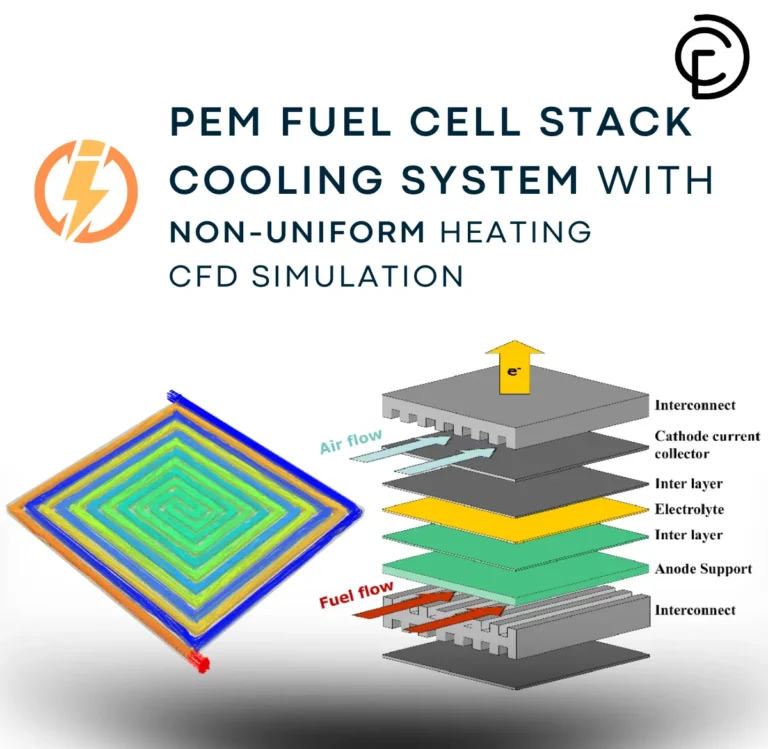
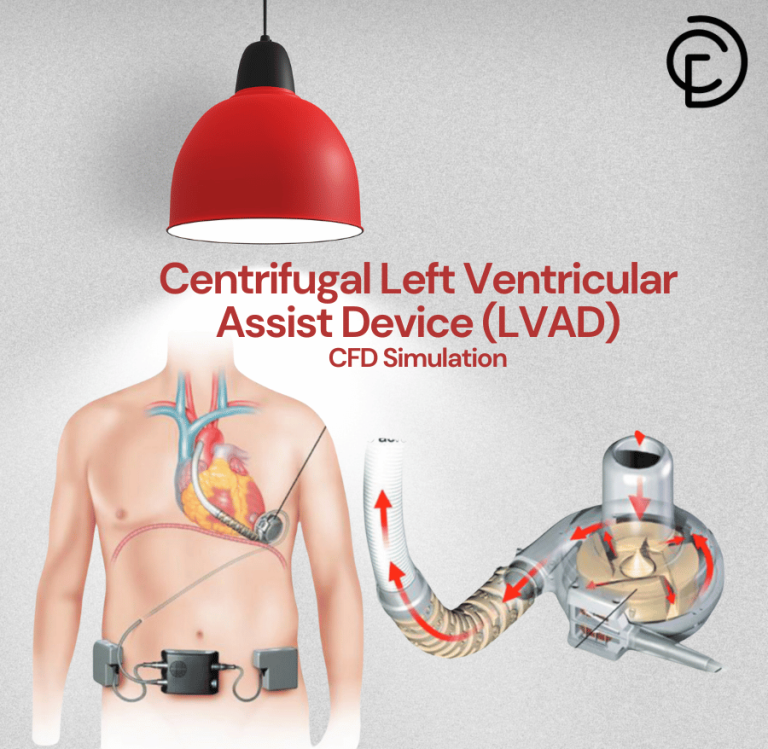
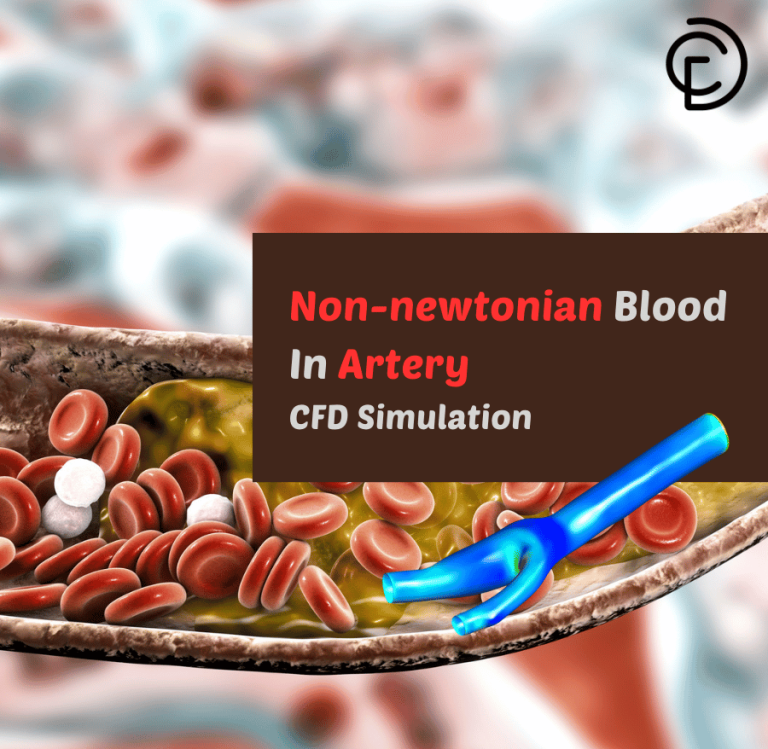
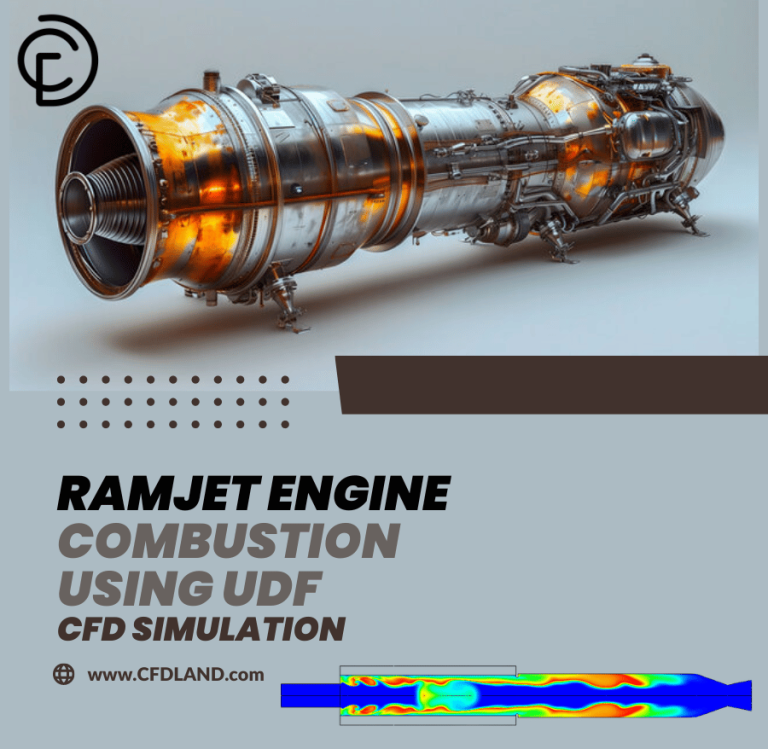
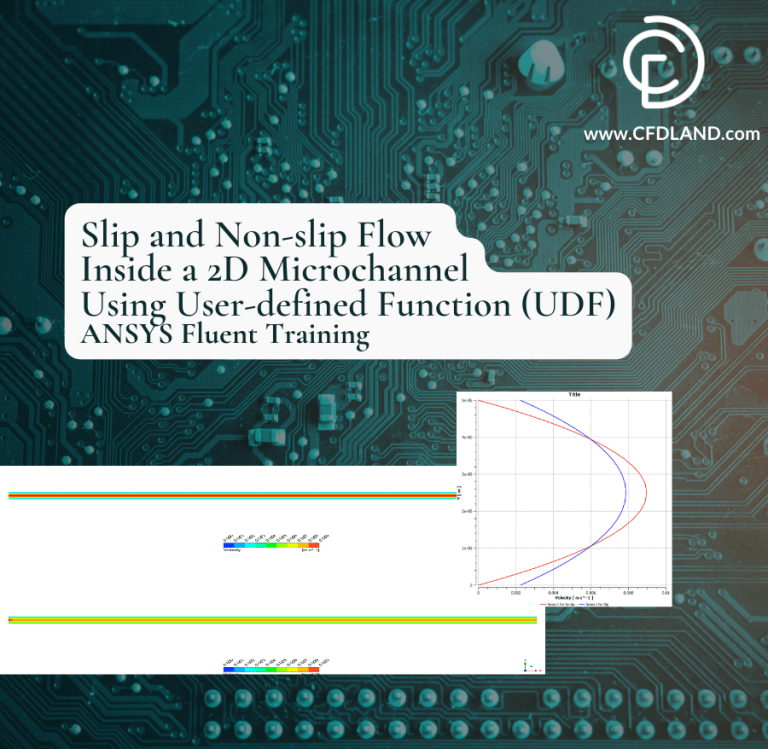
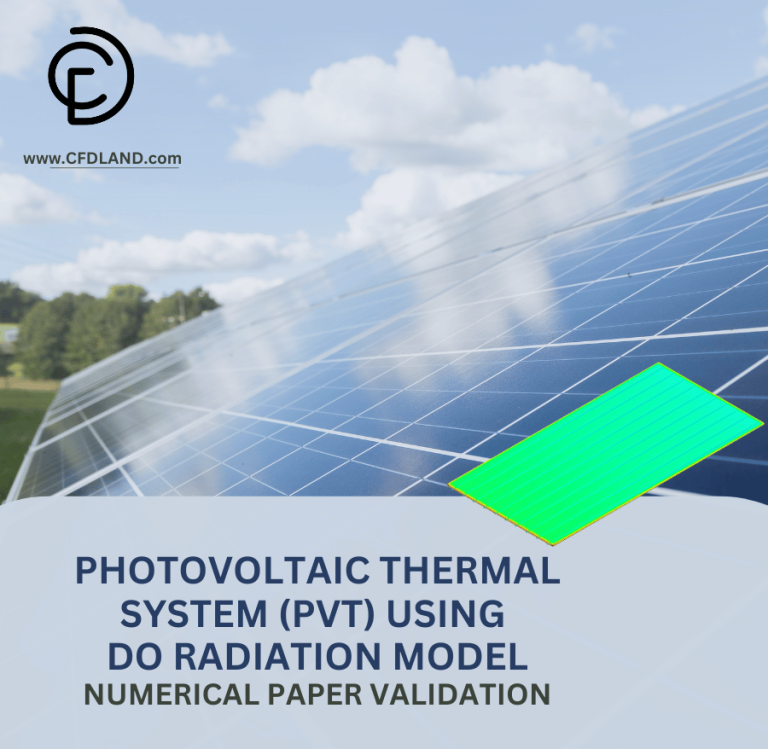
Reviews
There are no reviews yet.